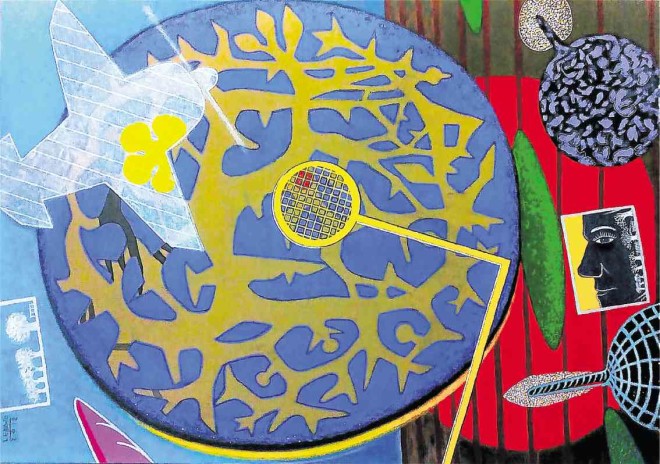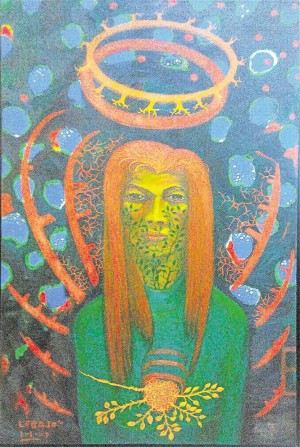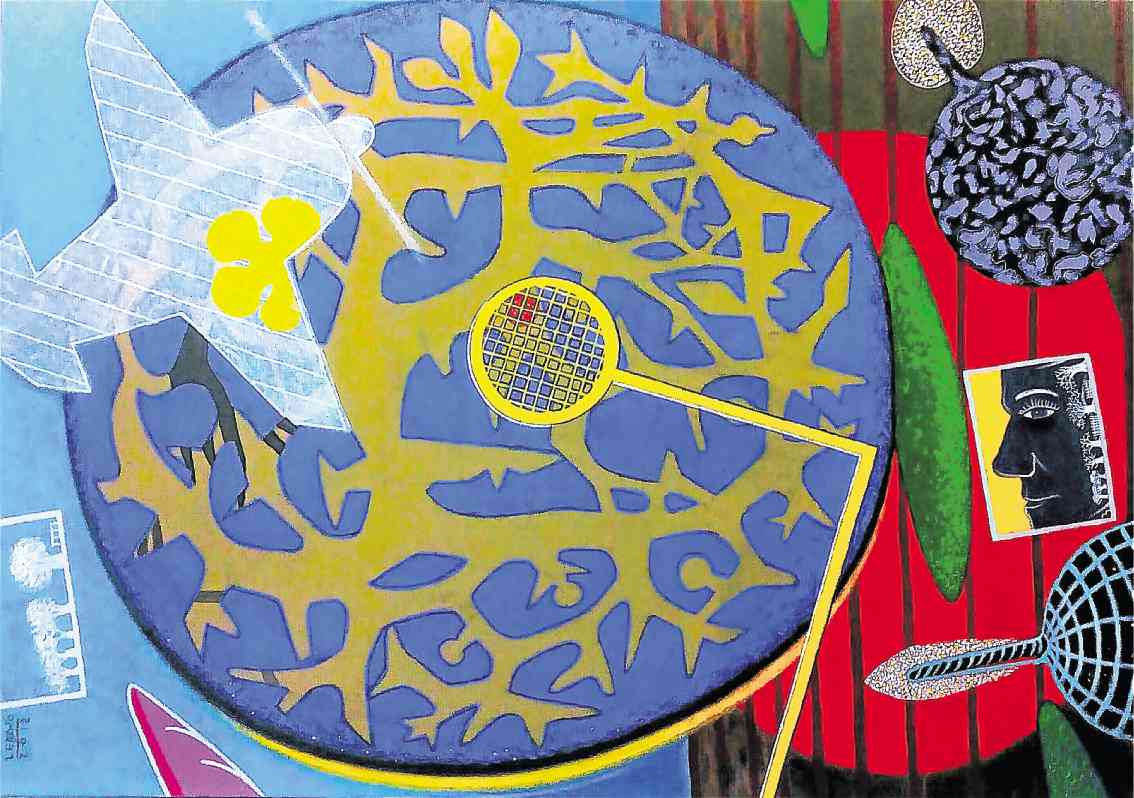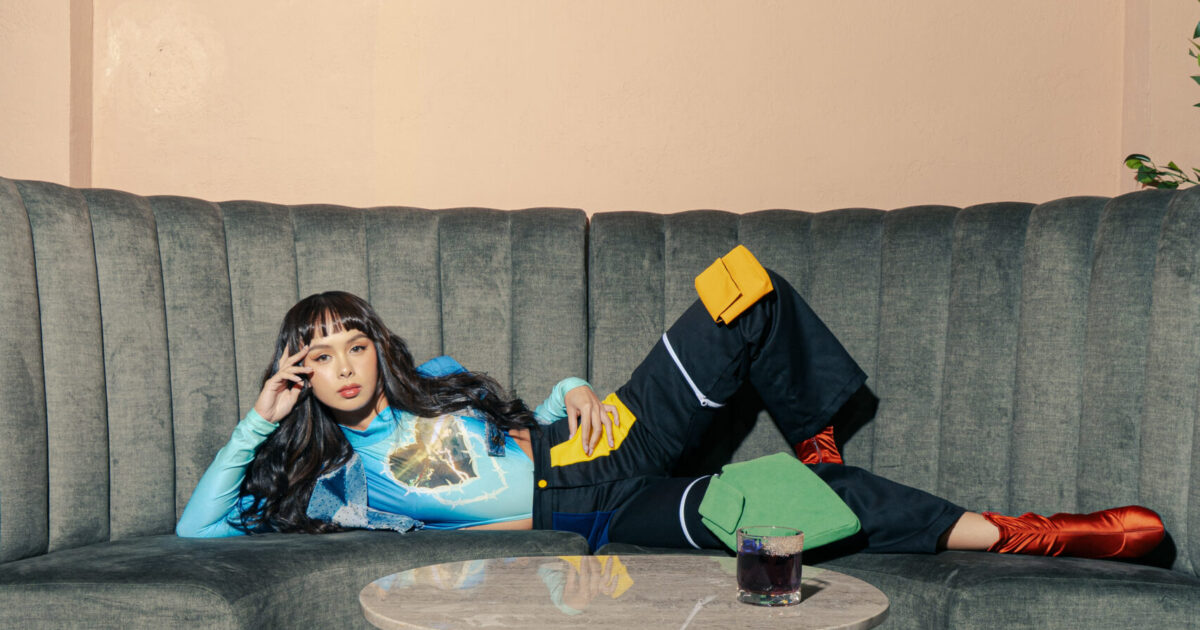

With our laptops and cellphones, we cannot help but marvel at the speed of communication, work efficiencys and accessibility of information. But we are far from being content and our anxiety stems not from insatiable desires or the frequent breakdown of our computers. Deep down there is a reality that we still question.
Modernist thinkers and artists have preoccupied themselves with this contradiction. In their works, they have strived to offer us not clear-cut answers but inspiration.
Raul Lebajo has endeavored to give us a subtle commentary on who we are and what we want in relation to our environment. Through his imaginative landscapes, now on exhibit at the National Commission for Culture and the Arts Gallery, Lebajo makes us question life as we go beyond the superficiality of our surroundings and commit to a life of discernment.
In the exhibit “Lebajo,” the artist takes us to the core of the modernist principle of the human face. What we see as abstract, the faces in “Red Dot,” “Red Window,” and “Shield,” and even in “Panahon” and “Drawing Lang”—are all intimations of the disparity and the uniqueness of our lives.
Looking at these faces, we get a glimpse of the numinous, which looms in any spiritual encounter. Hence, despite the powerful force of modern technology that reduces us to mere statistical figures, the face summons a foundational understanding of our discrepancies, an awareness of our limitations and transgressions and a desire to transcend and reconnect.
Social media like Facebook can easily lead to a certain forgetfulness of this implicit understanding, which ironically leads to defacement. Sometimes we can be so passionate that we forget the real faces behind our tweets, postings and accounts.
Lebajo’s fantastical portraits, such as a bust composed of dots with a leaf; a half face with a red nose; a completely covered face with a protruding eye; a man in bandana; a side view of a green man with red hair—all signify not just the plurality but also the scale and magnitude of human lives in relation to a world teeming with life and bounty.

A face-to-face encounter is always an encounter of mutual respect. A face-to-face encounter forbids us to kill. That is why we are so bothered by the growing indifference to extra judicial killings, or by an airline company’s barbaric treatment of one of its passengers.
Lebajo’s portraits aim to defamiliarize our face-to-face encounters. Such an encounter is not far from what Job realized when he questioned God. His encounter was a reflexive account of where he was in the vast creation of the morning dawn, springs of the sea, gates of death, in the scattering of light and wind, and in the stars and their constellations.
Lebajo’s works such as “Mystic Garden” and “Circle” remind us of this unfathomable wonder as we shrink in the face of the sublime.
Ultimately modernism is not about the conceit of humanity. Underneath Raul Lebajo’s modernism is a thriving and vibrant humanism.—CONTRIBUTED
“Lebajo” runs until May 31, at the NCCA Gallery (B), G/F, NCCA Building, 633 Gen. Luna Street, Intramuros; Call 527-2205 or e-mail nccagallery09@gmail.com.












































